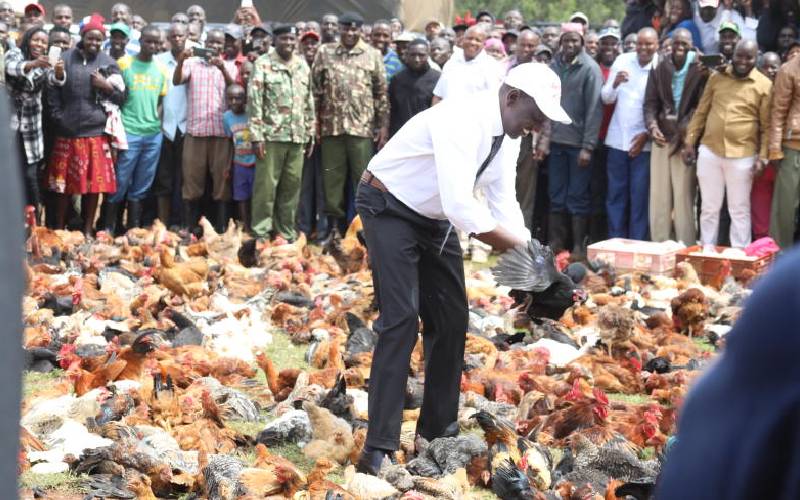×
The Standard e-Paper
Join Thousands Daily

Today, Deputy President William Samoei Ruto presents his nomination papers to the Independent Electoral and Boundaries Commission (IEBC) at the Bomas of Kenya in his quest to seek the presidency on August 9.
For Ruto, who will be running on a UDA ticket, the journey culminating in today’s event has been in the making for over 20 years.